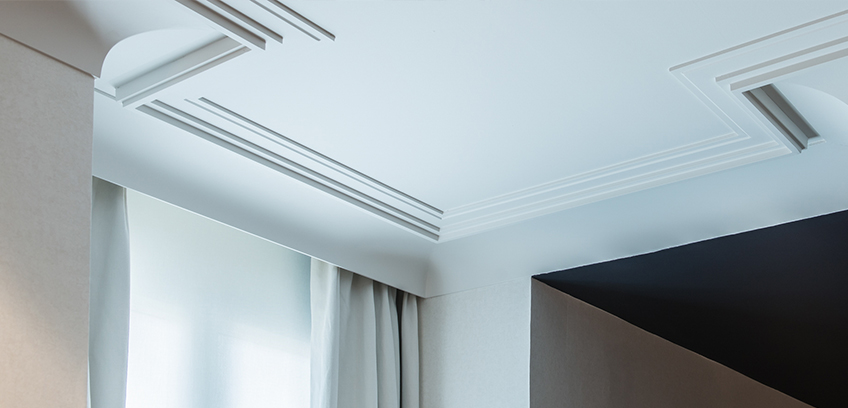Ovolo molding, with its timeless allure and understated elegance, has long been revered in the realm of home decor. This classic architectural detail traces its origins to ancient Greece, where it adorned the grand structures of antiquity. Over the centuries, its popularity endured, evolving through various styles and periods, from the Renaissance to the Victorian era and beyond. At its essence, ovolo molding features a convex profile that gracefully rounds off into a flat surface. This gentle curvature creates a soft, pleasing effect that can effortlessly enhance any interior space. Whether used as crown molding along the ceiling, baseboards at the floor, or framing doorways and windows, ovolo molding lends a touch of sophistication and refinement. One of the defining characteristics of ovolo molding is its versatility. It seamlessly complements both traditional and contemporary decor styles, adapting to different architectural aesthetics with ease. In traditional settings, it adds a sense of historical richness and architectural integrity, evoking the craftsmanship of bygone eras. Conversely, in modern interiors, its clean lines and subtle curvature contribute to a minimalist elegance, providing a sophisticated contrast against sleek surfaces and angular forms.

The beauty of ovolo molding lies not only in its aesthetic appeal but also in its functional benefits. Beyond its decorative role, it serves practical purposes such as concealing gaps between walls and ceilings or floors, creating a seamless transition between different architectural elements. Its use can also emphasize the proportions of a room, making spaces feel more balanced and harmonious. When incorporating ovolo molding into home decor, attention to detail is key. The choice of material, finish, and proportion can significantly impact the overall look and feel of a room. Traditionally crafted from wood, ovolo molding is now available in various materials such as plaster, polyurethane, and even lightweight composite materials. Each material offers distinct advantages in terms of durability, ease of installation, and maintenance, allowing homeowners and designers greater flexibility in achieving their desired aesthetic vision. In contemporary interior design, ovolo molding often serves as a subtle yet effective element that ties together different design elements within a space. It can be painted to match the walls for a seamless integration or left unpainted to highlight its sculptural qualities.
Moreover, its installation can be tailored to suit different architectural styles, from ornate and intricate patterns to clean and minimalist profiles. Beyond its visual appeal, ovolo molding embodies a sense of craftsmanship and attention to detail that resonates with those who appreciate the finer aspects of home decor. Its enduring popularity speaks to its ability to transcend fleeting trends, remaining a staple in architectural design through the ages. Whether adorning the grand interiors of historical landmarks or lending a touch of elegance to contemporary residences, ovolo molding continues to captivate with its classic charm and timeless allure. In conclusion, ovolo molding represents more than just a decorative element in home decor; it embodies a legacy of elegance and refinement that enriches interior spaces with its timeless beauty. Whether used sparingly to accentuate architectural features or employed boldly to make a statement, ovolo molding remains a versatile and enduring choice for homeowners and designers alike who seek to imbue their spaces with a touch of classic sophistication.
